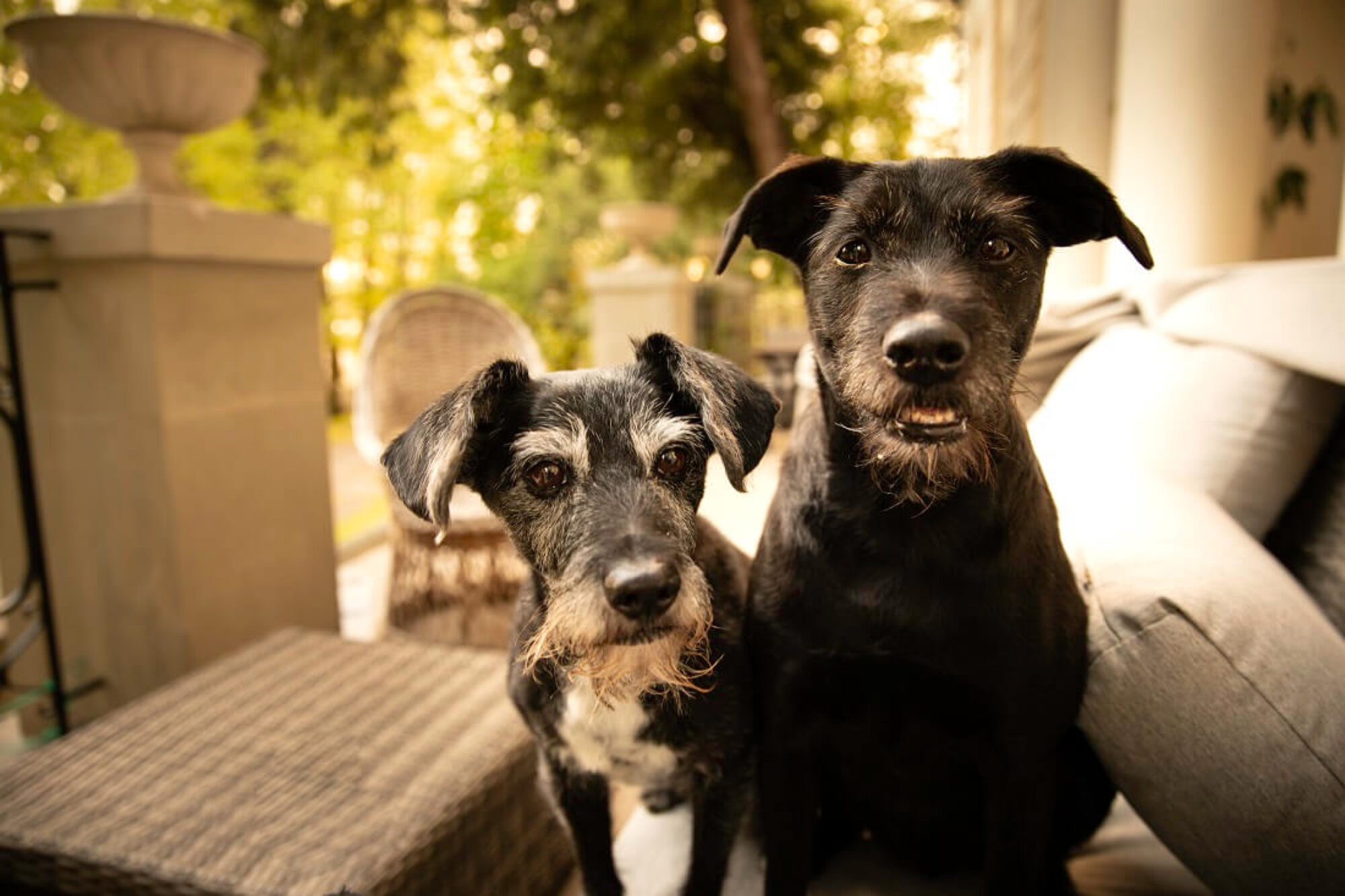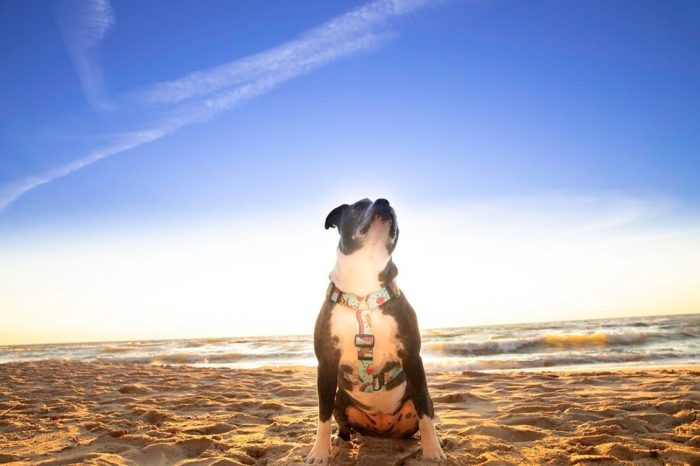Modifications in dog training. Important thing!
I tried it and it didn’t work… How many times have I heard it from caregivers when I asked if they used the X, Y, Z method. This applies to all BATs, CATs, as well as methods for learning, retrieve, heelwork or recall. Why are known and established methods not working? They forgot about modifications in training!
When method XYZ didn’t work – modifications in dog training
I learned to ask about one more thing when handlers told me that method XYZ didn’t work, that he tried them all, but they were all ineffective. I specifically ask: how exactly did the training look like. Very often it turns out that the handler:
- he used the method but skipped step one because his dog already “knows” how to do it
- he used the method but without step three, because it is not what his dog needs right now
- he used the method, but he has gone through the various stages faster because his dog is very smart and does not need so many repetitions
- he used the method, but needed to make some minor changes, because he thought it would be better fro his dog
- he used a method, but he doesn’t know what it looks like exactly. Because he only read the summary of its use on the internet
MODIFICATIONS! It is the nail in the coffin of the effectiveness of most methods and technologies of work. We can compare them to a man on a diet who stuck to his menu all day, so in the evening he can afford chocolate or a cookie. Is a running adept who will give up the warm-up because he has been doing it recently and did not see the difference in the effects of training.
Errors in applying and conducting training
Of course, there is no method or technology of work that works for every dog in every situation, but very often the ineffectiveness is not caused by the “uniqueness of the dog or its handler”, but by errors in applying and conducting training.
Therefore, before we introduce something from ourselves to a given method, we must really have a lot of knowledge about working with dogs, about the laws governing the learning processes. We also need to be advanced practitioners with great skills. Let’s not change the procedures, let’s not skip the stages, because it seems to us that our dog or we do not need it.
We may not realize but often the success of training plans lies in nuances we may not recognize. They have not been added by chance. They are there on purpose, often an effect of years of practice and research done by scientists, very skillful trainers in the field.
See also other posts:
June 30, 2023
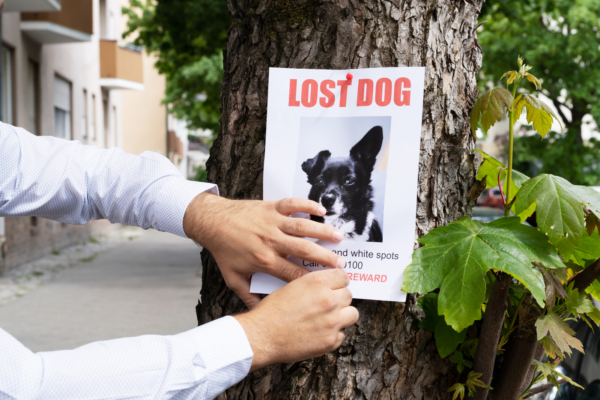
Get Your Lost Dog Back Home Quickly: Follow These 12 Tips for Success
Vacations favor more frequent and longer walks with our furry friends. We travel, visit new places. Summer makes us loosen our brakes and allow our…
June 30, 2023
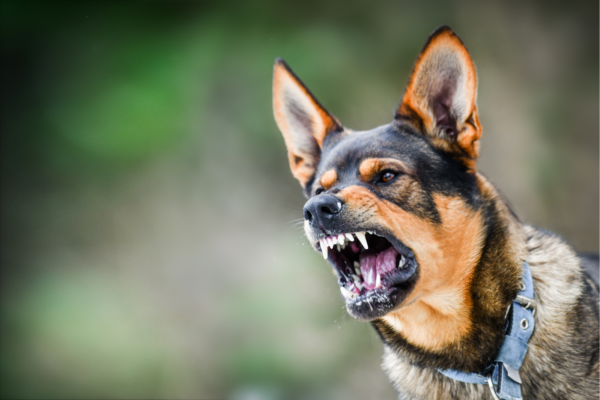
Managing Aggressive Dog Behavior: Tips for Peaceful Living
Living with an aggressive dog may seem challenging, but it can be peaceful and manageable with the right approach. One key aspect is to remain…
June 30, 2023
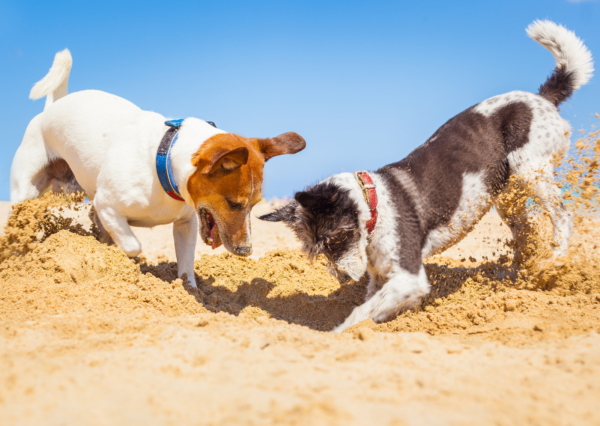
Unlocking the Secret to Successful Puppy Socialization: Quality over Quantity
Today, although the topic is very important, I will keep it brief. Socialization is a topic that could fill books or scientific papers. However, today…

